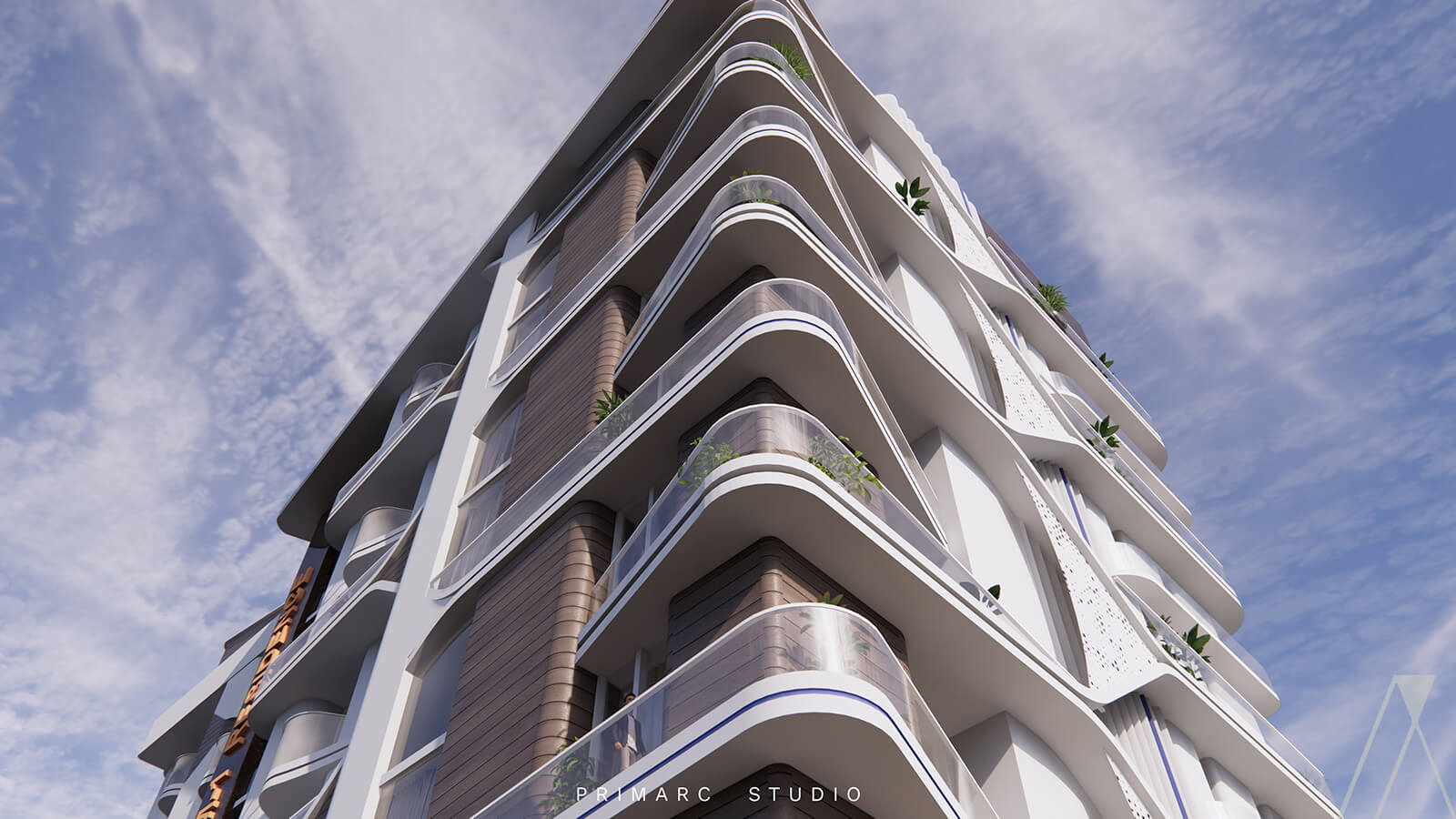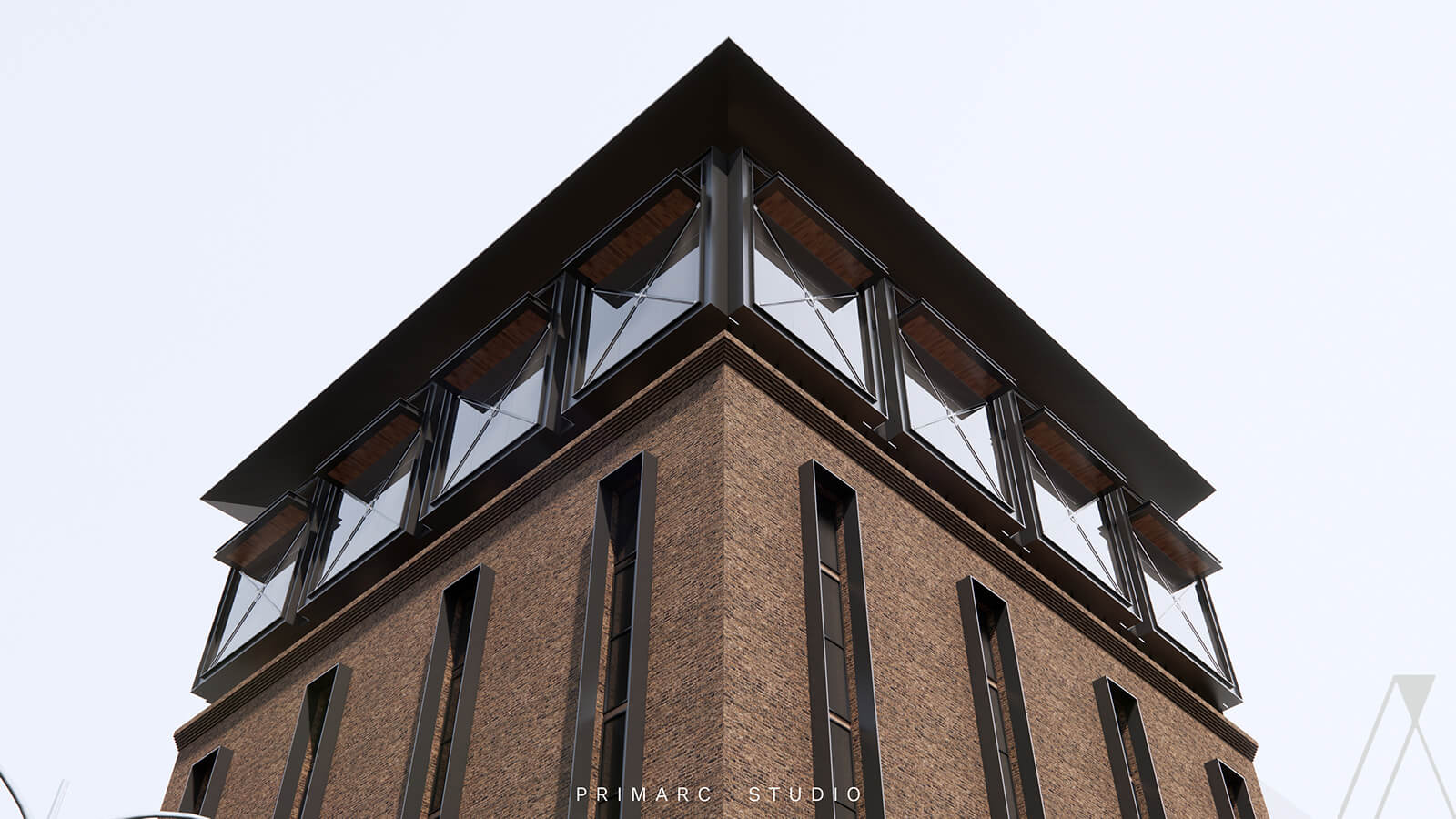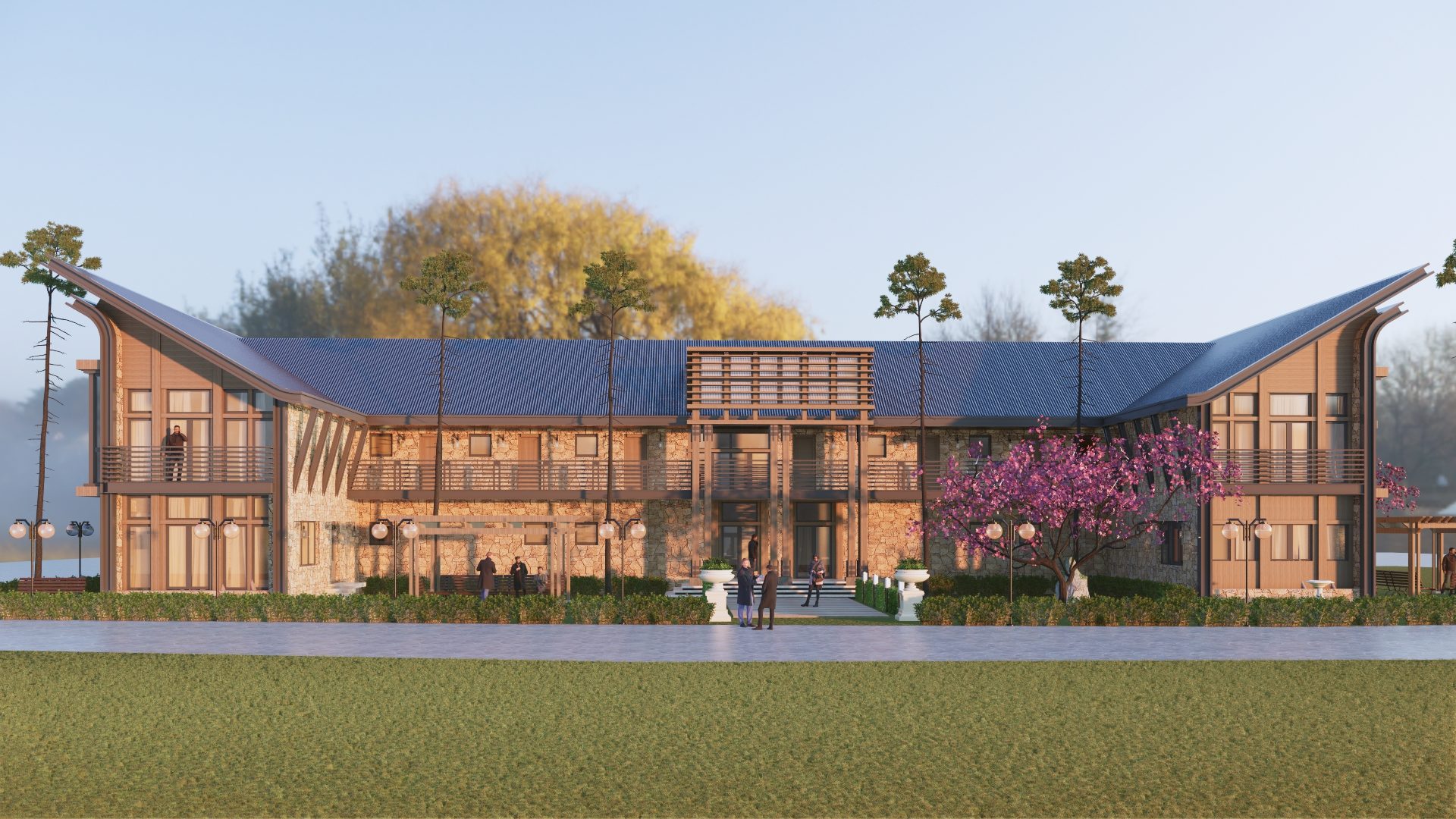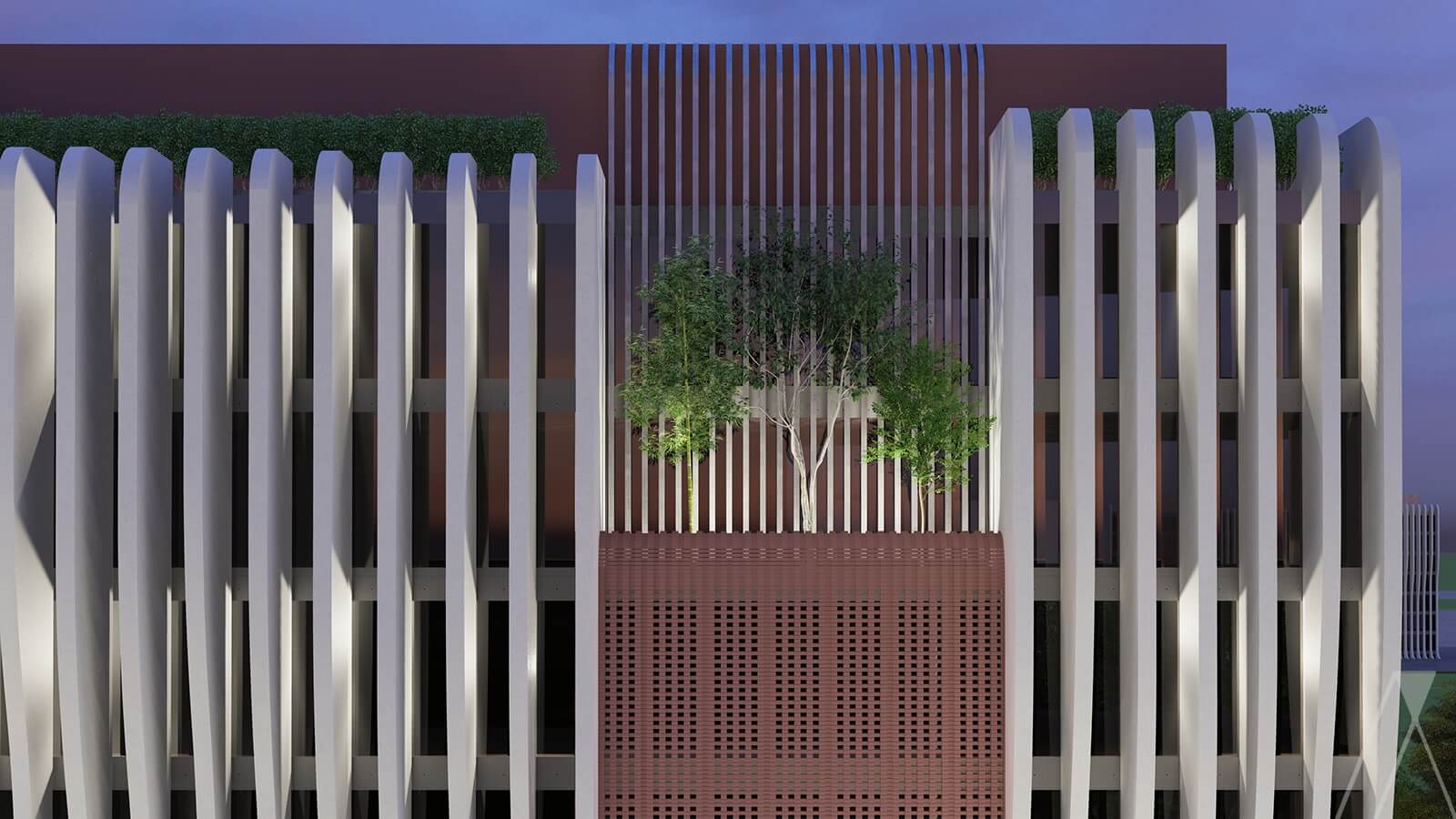The creation of digital 3D models that provide a realistic representation of a structure or product is known as a 3D visualisation. This technology is used in various industries, including architecture, product design, and engineering, to help designers and clients understand and visualize their ideas.
One of the key benefits of 3D visualisation is the ability to see a structure or product from all angles, providing a more comprehensive understanding of the design. The 3D models can be rotated and viewed from different perspectives, allowing designers and clients to see the details and proportions of the design. This helps identify potential problems or issues before construction begins, reducing the need for changes and reducing costs.
3D visualisation allows designers to experiment with different materials, colours, and lighting effects. This can help to create a more aesthetically pleasing design, and the visual representations provide a clearer understanding of the finished product.
Another benefit of 3D visualisation is that it allows for the creation of interactive presentations. This makes it easier for designers and clients to communicate their ideas and for the client to get a better understanding of the proposed design.
In conclusion, 3D visualisation is a valuable tool for designers and clients, providing a realistic and interactive representation of a structure or product. The technology allows for the exploration of different design options, reducing the need for changes during the construction process and improving communication between designers and clients. With technological advances, 3D visualisation is becoming an increasingly important tool in the design and construction process.




